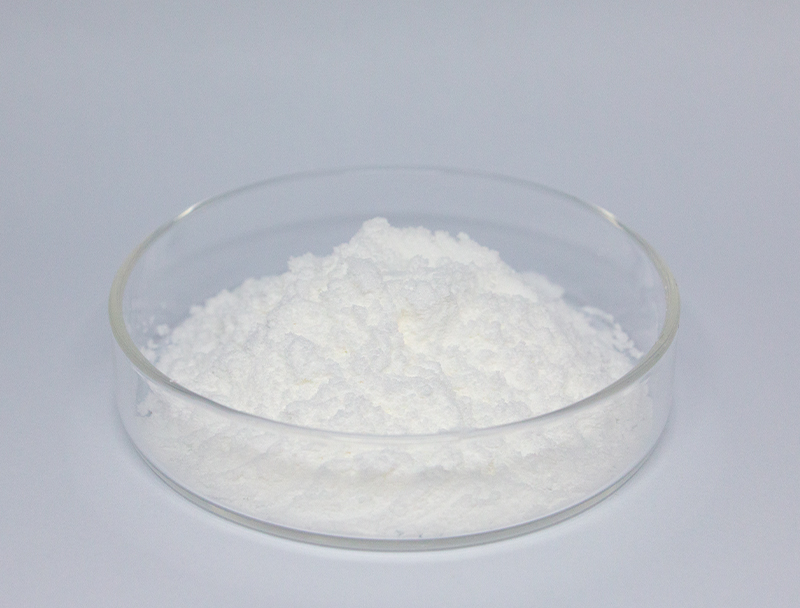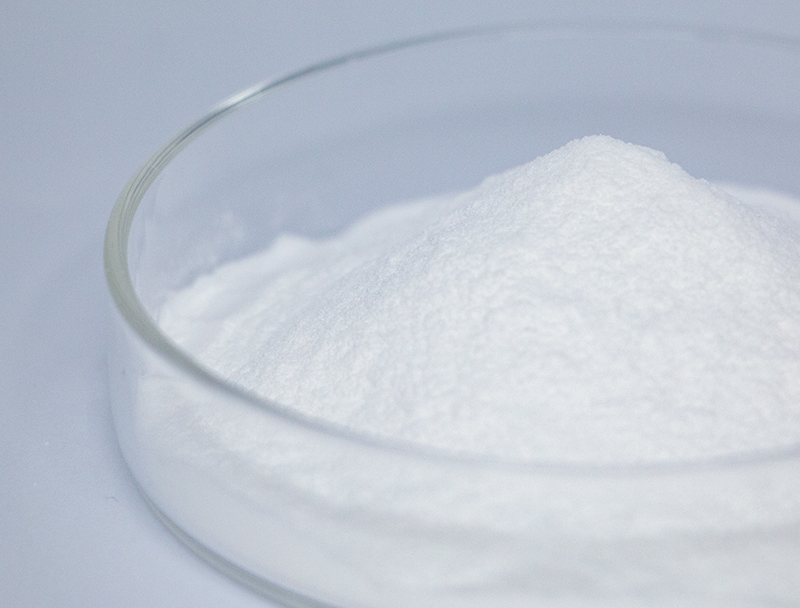
Advanced biosystems are built around a broad palette of raw materials for generating cutting-edge biobased goods.
Securing ethical acquisition of feedstocks is critical to longevity and principled development in the sector.
a range of complications linked to historic procurement practices including environmental degradation and exploitation of natural resources. Hence, industry players ought to pursue innovative supply solutions to lower carbon burdens.
- Representations of ethical supply approaches are:
- Using repurposed agricultural residues as substrates
- Establishing regenerative loops to cut waste and elevate material utilization
- Building relationships with nearby vendors dedicated to moral sourcing
Moving toward responsible sourcing creates ecological improvements and economic resilience.
Tuning Feedstock Characteristics for Higher Biofuel Efficiency
Maximizing the efficiency of biofuel production relies heavily on the quality and composition of biomass feedstocks. Researchers repeatedly investigate innovative methods to enhance feedstock potential, yielding greater biofuel outputs and greener energy prospects. Initiatives integrate bioengineering to scale biomass production and pretreatment workflows to free fermentable sugars.
- Similarly, research probes algae, byproduct streams, and harvest remnants as potential sustainable sources to augment biofuel feedstocks.
- As a result of relentless efforts the industry should deliver significant enhancements paving a path to sustainable energy.

Biopharmaceutical Production: Innovations in Upstream Processes
involves foundational activities from cultivation to biomass harvest Recent developments in this field have resulted in optimized workflows that raise overall output.
Pivotal enhancements embrace high-performance cell lines, balanced media compositions, and intelligent reactor control systems. Such breakthroughs boost efficiency and simultaneously reduce manufacturing costs and carbon burdens.
- Likewise, the move to continuous systems facilitates better adaptability and streamlined upstream production.
- Implementing cutting-edge manufacturing technologies will probably redefine workflows and accelerate innovation.
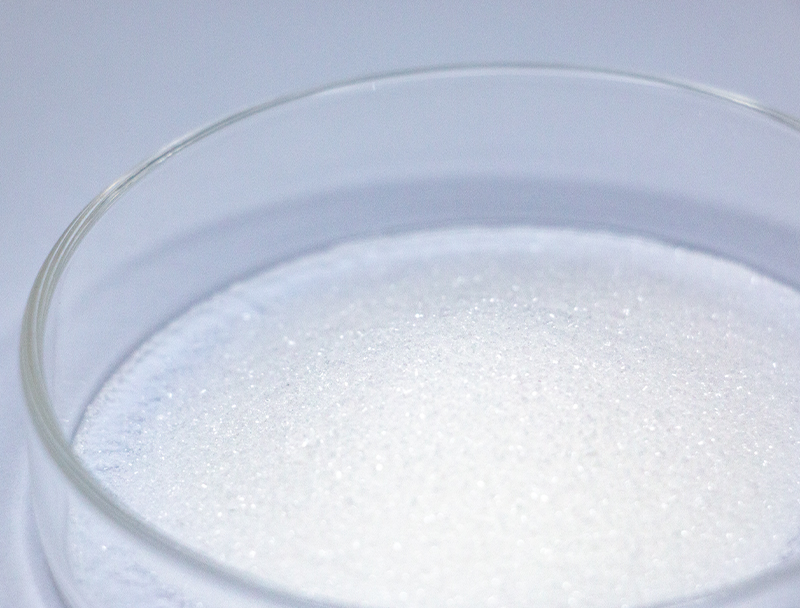
Next-Gen Gene Editing for Enhanced Protein Expression
innovations in genome-editing toolsets have enhanced biopharmaceutical manufacturing. With exact genomic alterations, researchers improve host productivity for therapeutic manufacture. These methods could enable production of accessible and efficient medicines tackling diverse health challenges.
Using Microbial Systems for Site-Specific Remediation
promising microbial strategies enabling effective environmental cleanup and restoration. Selected microbial cultures can remediate contaminants through biodegradation pathways.. Tapping into these capabilities enables green remediation tactics to restore ecosystems affected by industrial contamination.. Analysts explore microbial consortia for targeted removal of metal toxins, pesticide residues, and petroleum contaminants.. The microbes may be applied within engineered reactors or in situ to catalyze pollutant degradation via biotransformation..
Biotechnology-driven remediation delivers notable upsides compared to conventional cleanup tactics. Microbial remediation can cut expenses and limit harmful secondary emissions. In addition, microbial approaches enable pollutant-specific treatment without broad ecological disruption. Work in this area evolves rapidly to optimize the success rates and scalability of bioremediation solutions.
Digital Methods Accelerating Pharmaceutical Discovery
Informatics platforms are essential to current drug discovery and development pipelines. By screening targets and refining candidate molecules, informatics drives faster, evidence-based development.
- By parsing huge omics and clinical databases, bioinformaticians detect targets and estimate therapeutic responses.
- Also, in silico modeling of molecular interactions accelerates optimization toward more selective therapeutics.
- Finally, bioinformatics is revolutionizing the drug discovery and development process, accelerating the time to bring safe and effective treatments to patients in need.
Metabolic Design Approaches to Boost Bioproduct Yields
applies assorted techniques to boost microbial synthesis of valuable compounds. These strategies can involve genetic modifications to optimize metabolic pathways, regulation of gene expression, and the introduction of novel genes to confer new capabilities.. Through careful adjustment of metabolic routes engineers can markedly elevate product titers.
This wide-ranging tactic can overhaul industries spanning medicine, agriculture, and energy production.
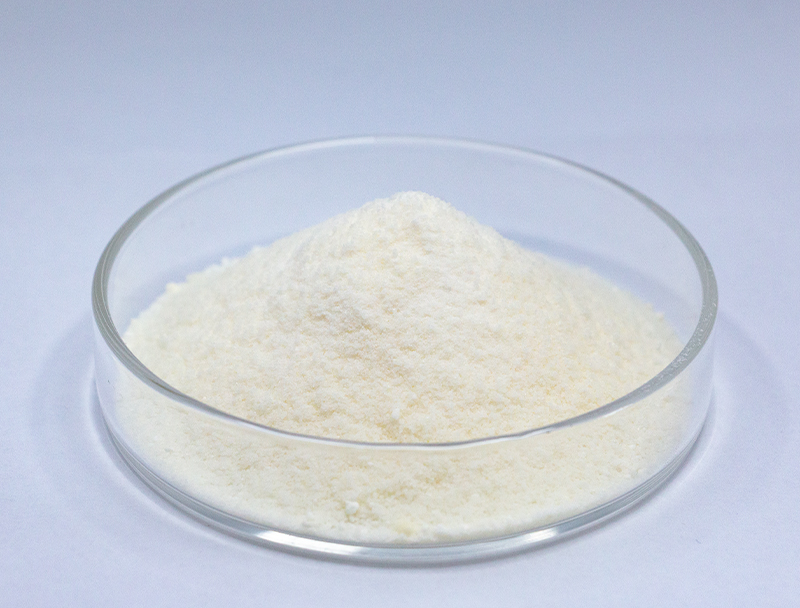
Scale-Up Challenges and Prospects for Biopharmaceuticals
Upscaling therapeutic manufacturing brings major obstacles along with promising prospects. Retaining quality standards during scale enlargement is a core difficulty. Meeting the need calls for dependable control systems, granular monitoring, and cutting-edge analytical methods.
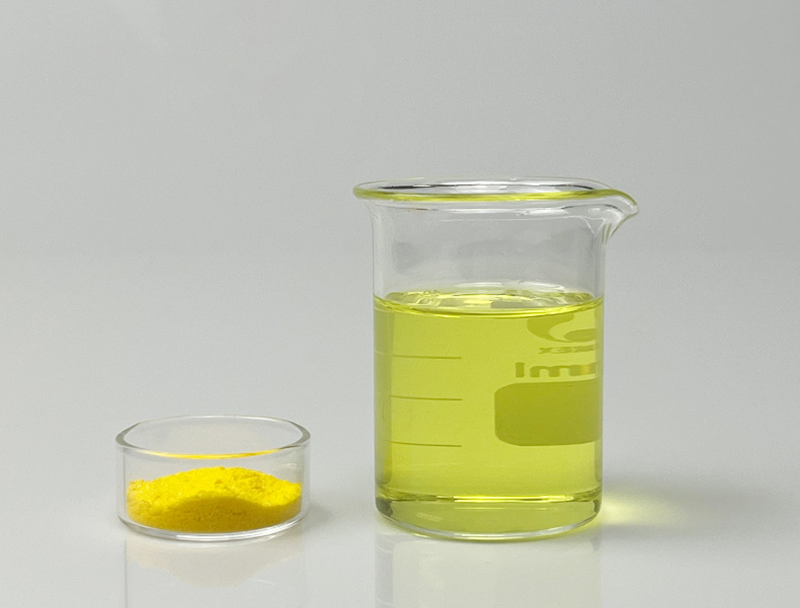
Complexity in multi-step biomanufacturing operations presents ongoing operational challenges.. Optimizing these processes for large-scale production can be a complex undertaking, requiring extensive research and technological innovation.. However, the prospective rewards are sizable. Effective scale-up may expand patient access to therapies, cut unit costs, and improve margins.
Challenges are being addressed through a number of initiatives. Initiatives involve optimization platforms, high-resolution analytics for process control, and novel manufacturing frameworks.
- R&D initiatives significantly drive enhancements in manufacturing capacity.
- Regulatory bodies are modernizing pathways to accelerate approval of advanced production technologies and support innovation.
Navigating the Regulatory Landscape for Biopharmaceuticals: Ensuring Safety and Efficacy
Developing biologic treatments requires exacting oversight to ensure consistent safety and efficacy. Living-source therapeutics present distinct obstacles in regulation and production relative to classical drugs.
Institutions such as the U.S. FDA and European EMA lead in formulating regulations and benchmarks for biologic approvals..
Rigorous testing protocols are mandatory throughout the development lifecycle, from pre-clinical research to post-market surveillance.. The protocols serve to uncover safety concerns and certify that products fulfill rigorous protection standards..
Similarly, regulators iteratively adjust approaches to accommodate emerging biopharmaceutical breakthroughs.. This includes embracing novel technologies and facilitating the development process while 5-Aminolevulinic acid maintaining a commitment to patient well-being.
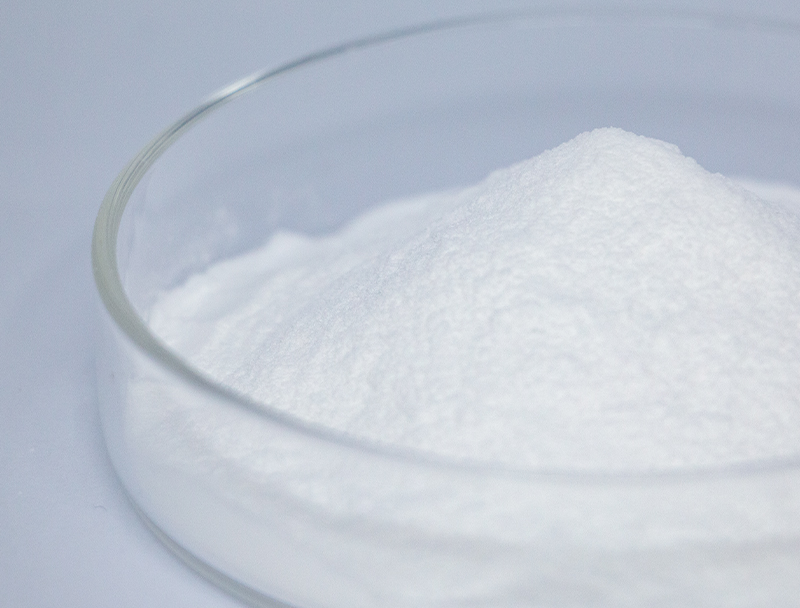
Plant-Derived Inputs for Next-Gen Bioplastics
Heightened demand for sustainable products accelerates efforts to develop renewable material alternatives. Bioplastics produced from plant biomass form a compelling option for lowering environmental footprint. Biomass sources such as cornstarch, cellulose, and sugarcane are usable to produce plastics that biodegrade and reduce ecological impact.
Also, many renewable bioplastics exhibit comparable mechanical and functional traits to conventional plastics across applications.. Ongoing R&D is essential to scale plant-based bioplastics and realize circular economic benefits.
This Emerging Impact on Public Health and Food Systems
Advanced biotech approaches can reshape healthcare delivery and enhance agricultural resilience. Through CRISPR, synthetic circuit design, and cell therapy progress, developers generate methods to counter infectious agents, optimize crops, and elevate nutritional profiles.. For instance, genetically modified crops can be engineered to resist pests and environmental stresses, leading to increased agricultural production and reduced reliance on harmful pesticides.. Also, biotechnological innovation fuels development of immunizations, antimicrobial treatments, and diagnostic platforms vital for disease control and population health.. As innovations mature, biotechnology can provide meaningful contributions toward global health and resilient food supplies for future generations.
